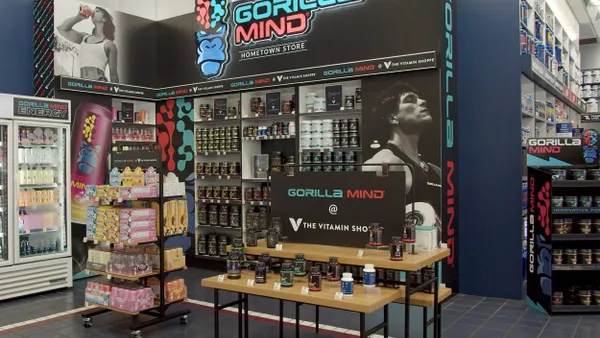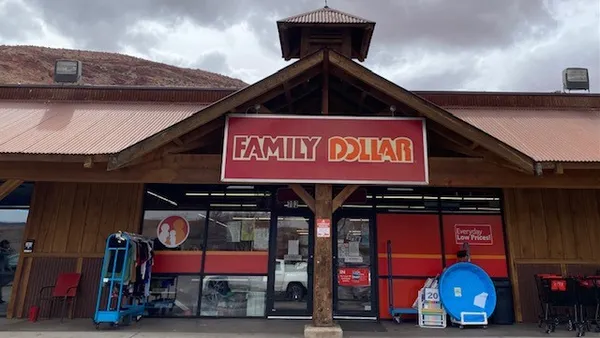Dive Brief:
- Visa announced Thursday new efforts targeted at easing U.S. merchant migration to EMV payment processing. These include a more streamlined terminal testing and certification process, increased funding support for merchant transitions and changes to its counterfeit fraud chargeback policies for merchants that don't yet have EMV chip terminals.
- While testing, certification and commercial rollouts of chip terminals at merchant locations can take several months, Visa said it's aiming for a 50% reduction in the amount of the time it takes to complete this process.
- About 1.2 million merchant locations in the U.S. already accept chip-based card payments, and another 23,000 are coming online each week, according to Visa. There are more than 300 million EMV chip cards now in circulation.
Dive Insight:
The transition to EMV chip-based card payments in the U.S. has been fraught with hurdles and misunderstandings. Visa has been busy trying to motivate retailers to adopt the technology while also continuing to tweak the terminals and cards already in the market to encourage smooth, quick transactions for customers.
The company's latest initiatives can be read as an acknowledgement that card companies still need to make it easier and more efficient for merchants to activate EMV terminals if they want to see complete market buy-in on the chip cards.
Streamlining the testing and rollout process should help ease the anxiety that develops when a merchant spends as much as $200 per EMV terminal, but then can't use these terminals until it completes a lengthy and complex testing and certification process. Visa publicly stating its goal to reduce rollout time by 50%, and further committing more funding to help merchant migrations should inspire more confidence in merchants that are being cagey about making the transition.
The most interesting aspect of these new initiatives (and a point Visa chose to bury in its own press release) might be the changes to Visa's counterfeit fraud liability rules. Previously, responsibility for fraud incidents fell on whichever party—issuers or merchants—had not adopted EMV technology. That policy appears to have been designed as sort of "tough love" motivation for merchants to move quickly to more fraud-resistant EMV technology. But it's also unfair to merchants encountering slow, difficult, already costly transitions to EMV, with the fraud chargebacks only adding to their headaches. Now, Visa has announced that starting July 22 it will block all counterfeit fraud chargebacks under $25.
Visa may have realized the previous policy wasn't helping the transition to EMV, and may have been just another painful aspect of an already painful migration. The EMV migration is both well-intentioned and inevitable, but retailers also need a clearer path to activation for the inevitable to happen anytime soon.












